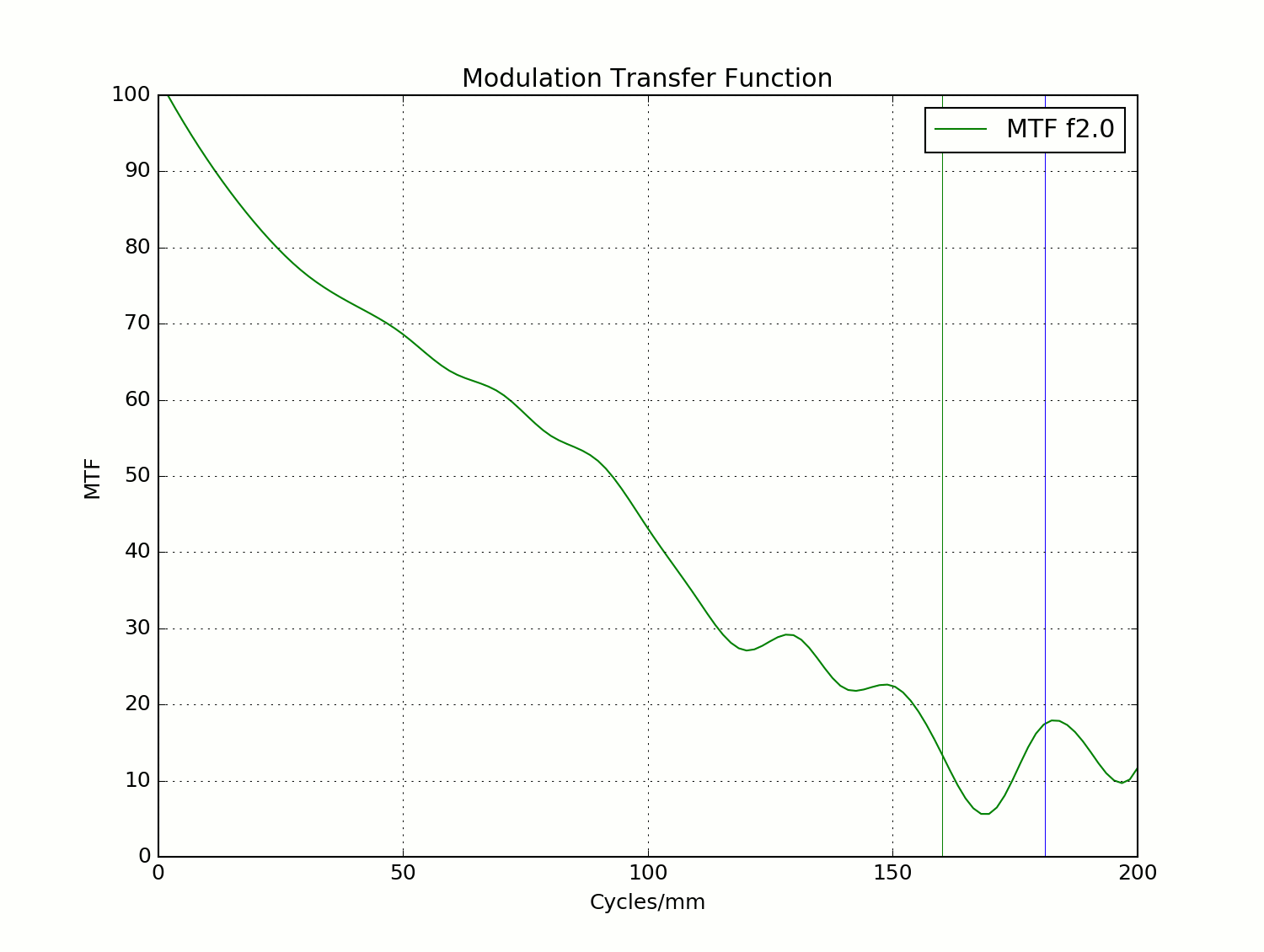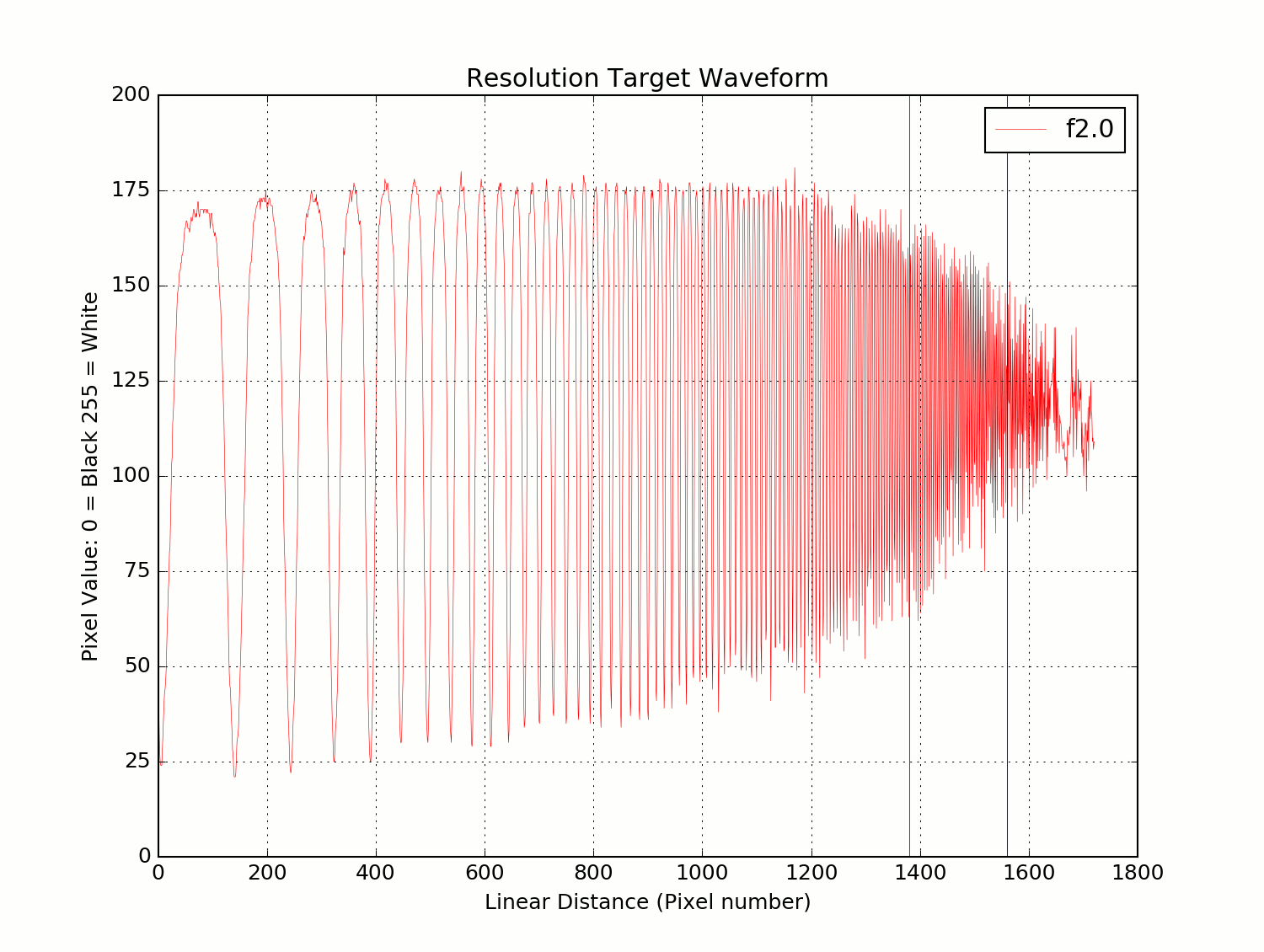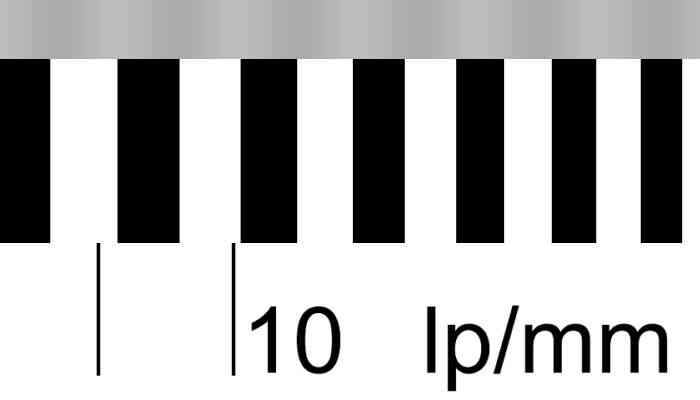Determining the Optimal f-Number for Sharpness in Photogrammetry
The sharpness of a photographic imaging system is characterized by a parameter called the Modulation Transfer Function (MTF), also known as the spatial frequency response. MTF measures the contrast at a given spatial frequency relative to low frequencies. High spatial frequencies correspond to fine image details. The more extended the response, the finer the detail—resulting in a sharper image.
 For the tested sensor, an f/4.5 aperture delivers the sharpest images
For the tested sensor, an f/4.5 aperture delivers the sharpest images
In photogrammetry, the extraction of features—such as in Structure from Motion (SfM), a technique for estimating three-dimensional structures from two-dimensional image sequences—relies heavily on the sharpness of the recorded imagery. Photogrammetric projects typically begin with the calibration of imaging systems. The f-number of an optical system (such as a camera lens) is the ratio of the system’s focal length to the diameter of the entrance pupil.
 The higher the f-number, the lower the sensor’s capacity to resolve
The higher the f-number, the lower the sensor’s capacity to resolve
The objective of this project was to determine the f-number that produces the sharpest images. A test chart was imaged at different f-numbers while maintaining constant ISO and shutter speeds. The graphs below indicate that for this specific sensor, the f-number that yields the sharpest images is approximately six stops down from the widest aperture.
Imaging testing setup
Test charts
Distance to object and ligth angle incidence
Sensor tested
